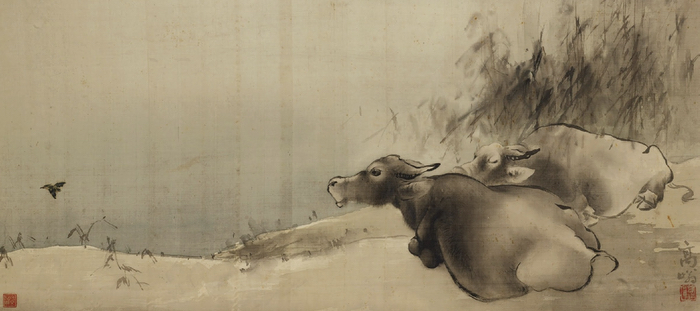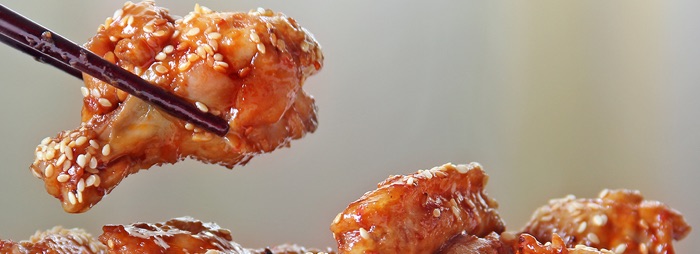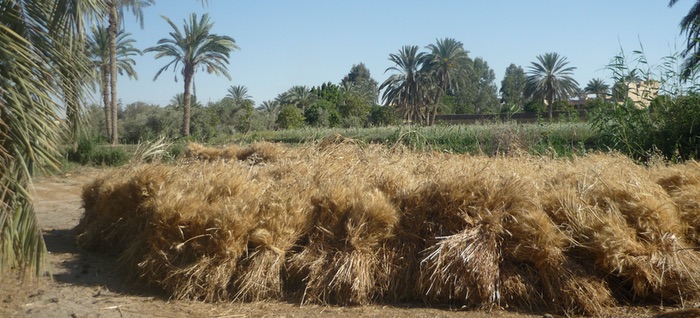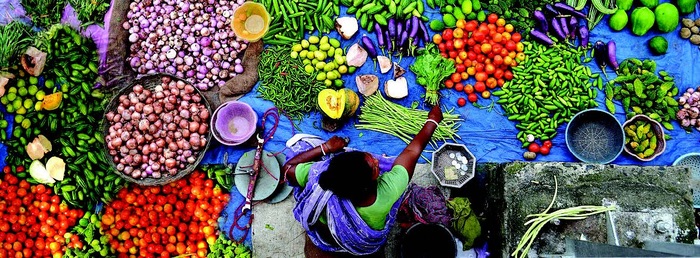
Podcast: Play in new window | Download (Duration: 23:46 — 21.9MB)
Subscribe: Google Podcasts | Spotify | Android | RSS | More
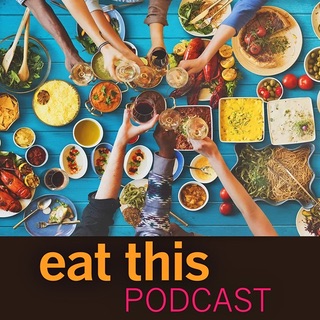 About two billion people around the world do not get enough micronutrients in their diet. This lack of vitamins and minerals — often called hidden hunger — has severe and lasting effects on individuals and their societies. One very popular approach to tackling hidden hunger is known as biofortification, engineering or selecting varieties of staple crops so that they produce higher levels of one micronutrient or another. On the surface, this makes perfect sense. Hidden hunger is strongly correlated with the amount of energy people get from staples, so putting more micronutrients in those staples ought to be a good thing, except that there’s little evidence that it works and yields of biofortified staples are generally lower than those of unfortified varieties. That’s a waste of land that could be used to grow the fruits and vegetables that contribute to a more diverse diet, which offers a far better approach to micronutrient deficiencies.
About two billion people around the world do not get enough micronutrients in their diet. This lack of vitamins and minerals — often called hidden hunger — has severe and lasting effects on individuals and their societies. One very popular approach to tackling hidden hunger is known as biofortification, engineering or selecting varieties of staple crops so that they produce higher levels of one micronutrient or another. On the surface, this makes perfect sense. Hidden hunger is strongly correlated with the amount of energy people get from staples, so putting more micronutrients in those staples ought to be a good thing, except that there’s little evidence that it works and yields of biofortified staples are generally lower than those of unfortified varieties. That’s a waste of land that could be used to grow the fruits and vegetables that contribute to a more diverse diet, which offers a far better approach to micronutrient deficiencies.
All this and more is brought out in a recent paper in the journal Global Food Security. I interviewed one of the authors.
Notes
- What is Wrong with Biofortification, by Maarten van Ginkel and Jeremy Cherfas, can be read in Global Food Security.
- A previous episode examined orange-fleshed sweet potato to feed hidden hunger, and there was evidence that OFSP can increase vitamin A status in children. I didn’t ask about yield.
- Here is the transcript.
- Banner photograph from Western Bengal, by Krishnasis Ghosh for The Alliance of Bioversity International and CIAT.

